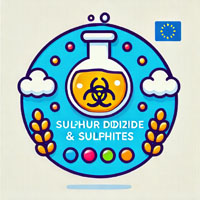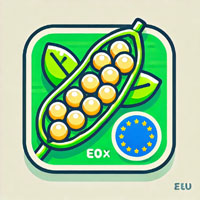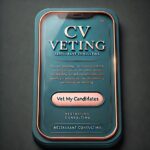14 Key Allergens to Know

This page highlights the 14 most common allergens that can catch you by surprise. While this isn’t meant to be a science lesson, it’s a reminder that these allergens can pop up in places you might not expect. From everyday foods to hidden sources, you might be surprised by just where these culprits show up. Understanding them can help you stay one step ahead and avoid allergic reactions in unexpected places.
"Here are the 14 common allergens as defined by the EU, but it's worth noting that the U.S. uses a slightly different list of 8 major allergens.
Understanding both can help you stay informed, no matter where you are!"
"Celery - Cereals containing gluten -Crustaceans - Eggs - Fish - Lupin - Milk - Molluscs - Mustard - Nuts - Peanuts - Sesame seeds - Soybeans - Sulphur dioxide and sulphites "





















